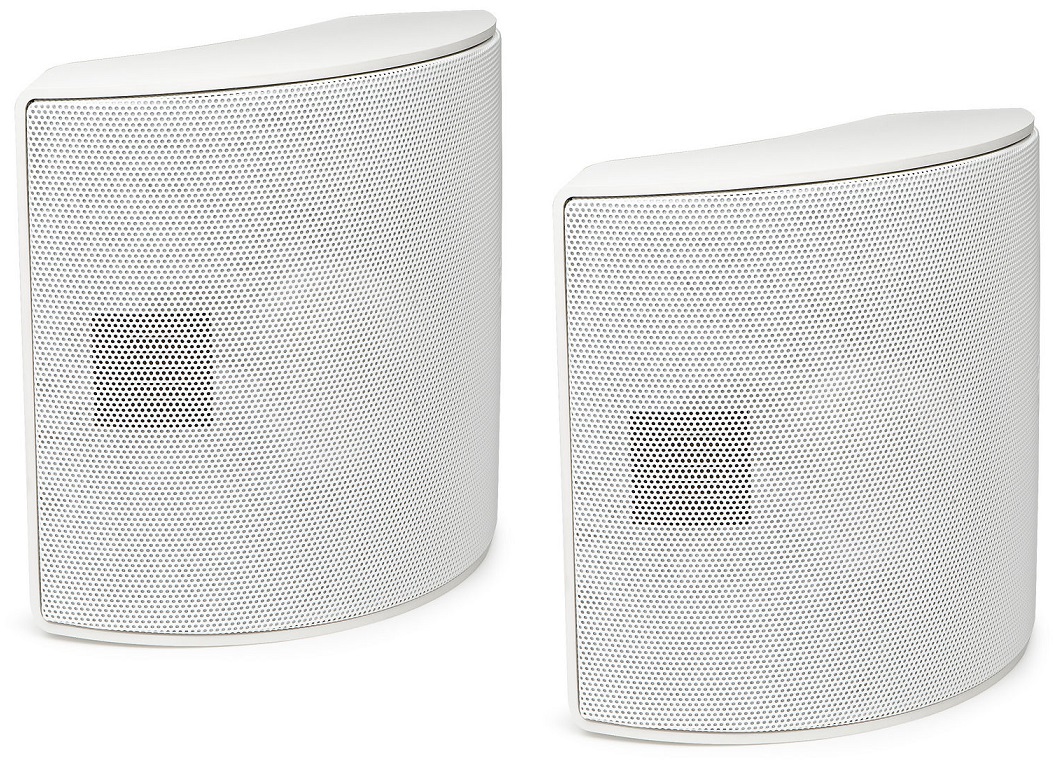

#Motion fx lsm6dsm3 how to#
How to Develop 1D Convolutional Neural Network Models for Human Activity Recognition.Shahnawax/HAR-CNN-Keras: Human Activity Recognition Using Convolutional Neural Network in Keras.Connectivity (Bluetooth ® Low Energy, Wi-Fi ® and Sub-GHz).VL53L0X Time-of-Flight (ToF) proximity sensor.Environmental sensors (temperature & humidity).Other motion sensors (gyroscope, magnetometer).MEMS microphones: for audio and voice applications.The boards offers many other sensing and connectivity options: experiment with different model architectures for other use-cases.capture new classes of activities (such as cycling, automotive, skiing and others) to enrich the dataset.It is a good idea to vary the sensor position and user. create additional data captures to increase the dataset robustness against model over fitting.Now that you have seen how to capture and record data, you can: To check that your overrun capture is working correctly, you can try adding a simple HAL_Delay() to trigger an overrun error. Otherwise, you might want to use a smaller model, limit the number of printf or even consider some other approach like the usage of a FIFO or an RTOS for example. If you don't get any errors, your are good to go. * USER CODE BEGIN 4 */ static void MEMS_Init ( void ) Please consider the v7.0.0 API as deprecated. Therefore the initialization sequence to instantiate a c-model has been modified to be able to set the address of different activations buffers. Starting from X-CUBE-AI v7.1.0 and above, a new feature is introduced: the multi-heap support which allows to split the activations buffer onto multiple memory segments. You can either download the pre-trained model.h5 or create your own model using your own data captures.
#Motion fx lsm6dsm3 serial#

How to generate neural network code for STM32 using X-CUBE-AI.

6.9 Enable float with printf in the build settings.6.7 Call the previously implemented AI_Init() function.6 Create an STM32Cube.AI application using X-CUBE-AI.5.4 Visualize and capture live sensor data.5.1 Call the previously implemented MEMS_Init() function.4.6 Retarget printf to a UART serial port.4.5 Add a callback to the LSM6DSL sensor interrupt line (INT1 signal on GPIO PD11).4.4 Define the MEMS_Init() function to configure the LSM6DSL motion sensor.4.3 Create a global LSM6DSL motion sensor instance and data available status flag.4.2 Include headers for the LSM6DSL sensor.3.6 Configure the UART communication interface.3.4 Configure the LSM6DSL interrupt line.
#Motion fx lsm6dsm3 driver#


 0 kommentar(er)
0 kommentar(er)
